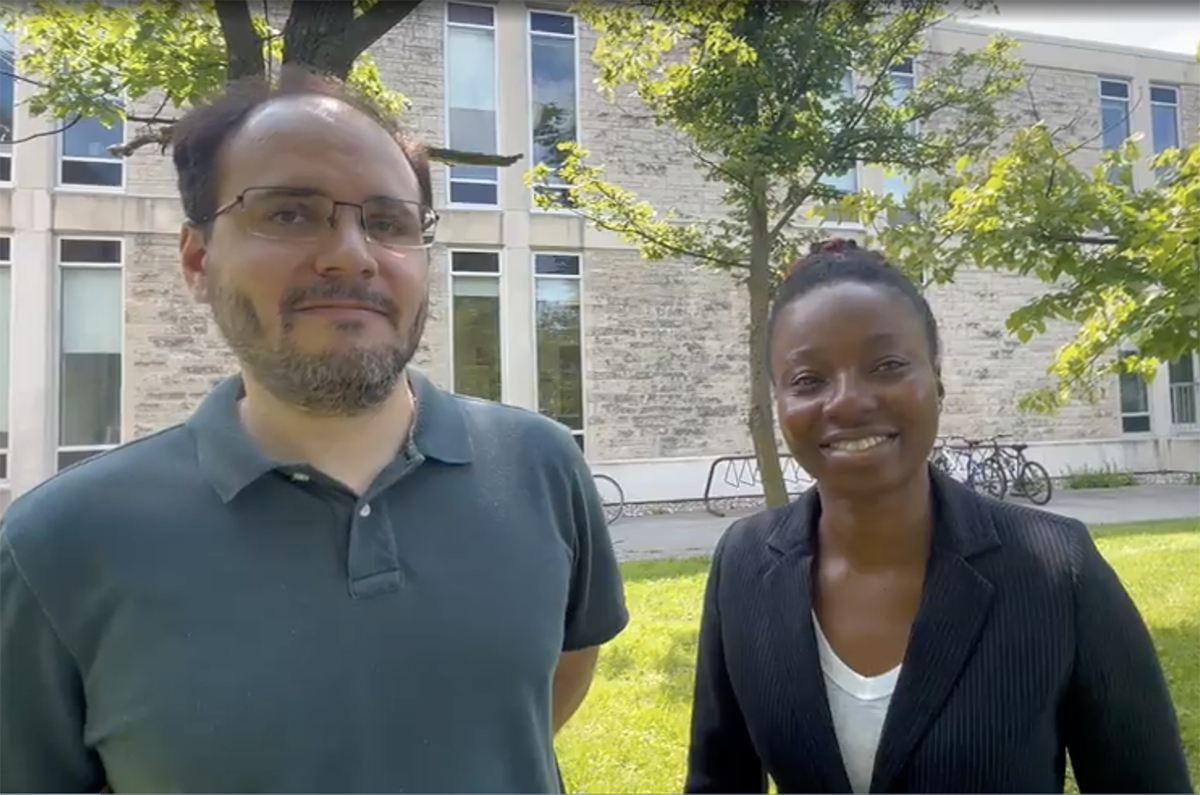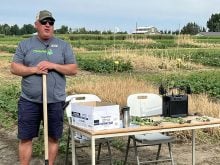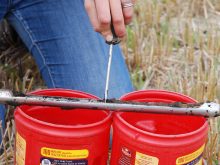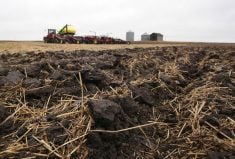This year's theme highlights the need to measure and monitor for sustainable management
Glacier FarmMedia – December 5 marks World Soil Day, a day set aside by the United Nations Food and Agriculture Organization to celebrate this critical resource and raise awareness of the challenges of protecting it. This year’s theme, “Caring for Soils: Measure, Monitor, Manage,” underscores the importance of accurate soil data and information in understanding soils characteristics and supporting informed decision-making on sustainable soil management for food security.
Here at Glacier FarmMedia, we appreciate the deep connection and commitment Prairie farmers have to the soil that supports their farming operations.
Watch the video below outlining some key facts about our soils.
To recognize this day, our editors have pulled together some of our favourite articles about soil from across the network of publications for your reading enjoyment.
Read Also

Farmers asked to keep an eye out for space junk
Farmers and landowners east of Saskatoon are asked to watch for possible debris in their fields after the re-entry of a satellite in late September.
For many on our team, 2024 will be remembered as the year we lost Les Henry, one of Canada’s best-known soil scientists and long-time columnist for Grainews. A farmer’s scientist, Henry’s columns were always informative and tailored to the issues important to people with boots on the ground.

In this column from 2022, he outlines the links between soil qualities and climate on the Canadian Prairies.
“If there’s a common thread through most of what’s been written about soils in Grainews, it’s the absence of a common thread,” says Editor Dave Bedard.
“Soils vary greatly across the Prairies, within provinces, regions, even within municipalities, as do the markers — and, in some ways, the definitions — of soil health. Of course, most farmers today will at least consider that serious declines in their crops or pastures may be symptoms of a longer-term problem below the surface and will consider the possible solutions accordingly. But they also tell us that their solutions didn’t just come off the rack.

“In this article different farmers in different parts of the country told our correspondent Lee Hart how they assess for soil compaction and, where a problem existed, what they’ve done to manage it,” Bedard writes.
From the Canadian Cattlemen archives, we bring you these top picks:

“In these two articles, Burke Teichert reminds us that a ranch is a system, and soil is central to the whole operation,” says editor Lisa Guenther.
“What does that mean? It means soil health affects ecosystem functions such as the water and mineral cycles, sunlight/energy flow and the communities of different species found in the pasture. It also ties into profitability, by improving range use, water infiltration, forage growth and stocking rates,” she says. “Teichert explains these principles, and how farmers and ranchers can adapt them to fit the context of their ranch.”
Gord Gilmour, senior editor of news and national affairs, selected this article from Alberta Farmer Express:

“Nitrogen is the most commonly used crop nutrient, but it could be having subtle effects on soil health over time,” Gilmour says. “In this article reporter Jeff Melchior speaks to a researcher who’s trying to separate fact and fiction on this important question.
“Understanding these impacts is going to be an important part of protecting and enhancing soil microbiology while still ensuring productivity of farms.”
From The Western Producer, we bring you these stories:
This video features Afua Mante who is a soil scientist with a focus on bioengineering highlighting the fact that our Prairie soils are, at best, in a steady state. But in almost every soil health measure, they are getting worse, says Robin Booker, editor of The Western Producer.

Mante, who originally trained as an engineer, said part of the reason soils are degrading is the speed farmers work their soils, and the disconnect between the agricultural industry and the engineering community.
Meanwhile, the story below addresses ways to rebuild the fertility of knolls on a field where the topsoil has been eroded. Manure applications help, as does increased fertilizer. However, taking topsoil from field depression and adding them back to the top of hills was the best treatment in an experiment near Central Butte, Sask., conducted by Jeff Schoenau, University of Saskatchewan soil scientist. The topsoil replacement produced the highest spring wheat yield due to better soil fertility and water-holding capacity associated with thicker topsoil.

Statistics Canada recently published a Census of Environment data portal that shows soil organic matter has been increasing on agricultural lands in Canada. In 2016 Canadian agricultural soils removed 11.2 million tonnes of carbon dioxide from the atmosphere,” says an Agriculture Canada website on soil organic matter. The website contains a Soil Carbon Change Index, which shows that soil carbon conditions have gone from “moderate” in the 1980s to “good” in the 2000s.

From Farmtario, we selected this article encouraging farmers to not get caught up some of the popular mythology around soil testing.

Finally, from Country Guide, we selected the article below about progress, however slow, towards increased use of variable rate fertilizers.

“Variable rate fertilizer to apply the best rate for each acre has merit, but the cost and the hassle to make it work does not appeal to many farmers,” says editor Lisa Guenther. The return does not seem to justify the work required.
“Can we change that with a real-time on-the-go system? Country Guide talked to three industry leaders to find out.”
Key facts about our soils:
- 95 per cent of our food comes from soils.
- 33 per cent of soils are degraded world-wide.
- It can take up to 1000 years to produce just 2-3 cm of soil.
- Soils supply 15 of the 18 naturally occurring chemical elements essential to plants.
- There are more living organisms in a tablespoon of soil than people on Earth.
- Over the last 70 years, the level of vitamins and nutrients in food has drastically decreased.
- Two billion people worldwide suffer from lack of micronutrients, known as hidden hunger.
- Agricultural production will have to increase by 60 per cent to meet the global food demand in 2050.
- Up to 58 per cent more food could be produced through sustainable soil management.
- Up to half of household waste could be composted to nurture our soil.
Source: United Nations, Food and Agriculture Organization


















